
(Click image for larger version)
Jasper Conran is producing new designs for Christopher Wheeldon’s Within the Golden Hour, to be premiered at the Royal Opera House on the 8 May 2019 – Full Details
Jann Parry talks to Conran about the designs (currently under wraps) and his earlier and extensive work for David Bintley at Birmingham Royal Ballet and others…
www.jasperconran.com
www.brb.org.uk
www.roh.org.uk (for Royal Ballet)
Jasper Conran, OBE, best known as a fashion and home ware designer, has been commissioned by Christopher Wheeldon to rethink the designs for his 2008 ballet, Within the Golden Hour, part of the Royal Ballet’s latest triple bill. Created for San Francisco Ballet (SFB), Within the Golden Hour was last performed by the Royal Ballet in 2016 in versions of the original costumes by veteran American designer Martin Pakledinaz.
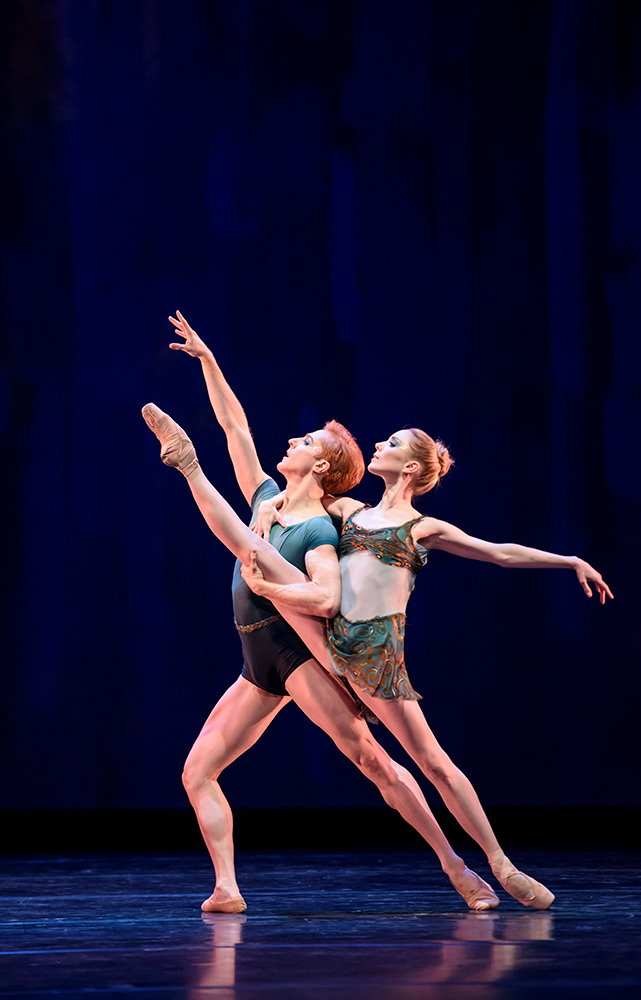
© Bill Cooper, courtesy the Royal Opera House. (Click image for larger version)
Pakledinaz’s costumes for the SFB production were – still are – hideously unbecoming. [see Claudia Bauer’s 2017 review of SFB for DanceTabs]. Pared down outfits for the Royal Ballet’s cast of seven men and seven women contributed little to the ballet’s choreographic whimsicality, with its dazzling perpetuum mobile finale.
Had Jasper Conran ever seen Within the Golden Hour in performance? ‘No, only on video. But I’ve been listening to Chris’s thoughts about the various sections and bearing in mind how it works as an ensemble piece, how it works in smaller groups, how the three main pas de deux differ. To my mind, it’s all about what the limbs do, so no constrictions in the costumes. Of all the pieces I’ve worked on, this is one that must be allowed to breathe.’
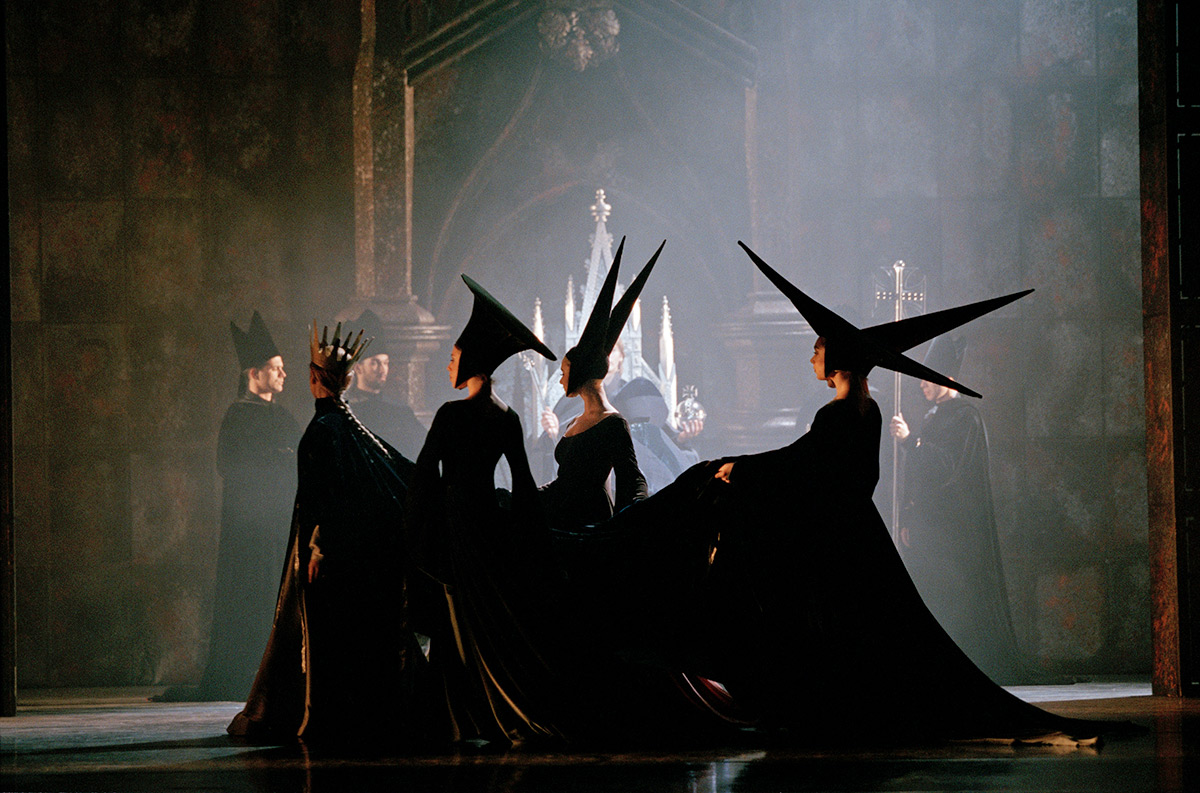
© Bill Cooper, courtesy Birmingham Royal Ballet (Click image for larger version)
Most of his 14 theatre designs were done in the 1990s, so Wheeldon’s commission came as a pleasant return to a collaborative discipline he had always enjoyed. Conran had won an Olivier Award for his very first costume designs in 1991, for Ian McDiarmid’s production of Jean Anouilh’s The Rehearsal. Then Simon Callow asked him to design the costumes for My Fair Lady in 1992. ‘I tried to avoid any comparisons with Cecil Beaton’s fabulous designs for the film, though I’m a great admirer of his work.’ (Conran mounted an exhibition for Sotheby’s of Beaton’s country house photographs.)
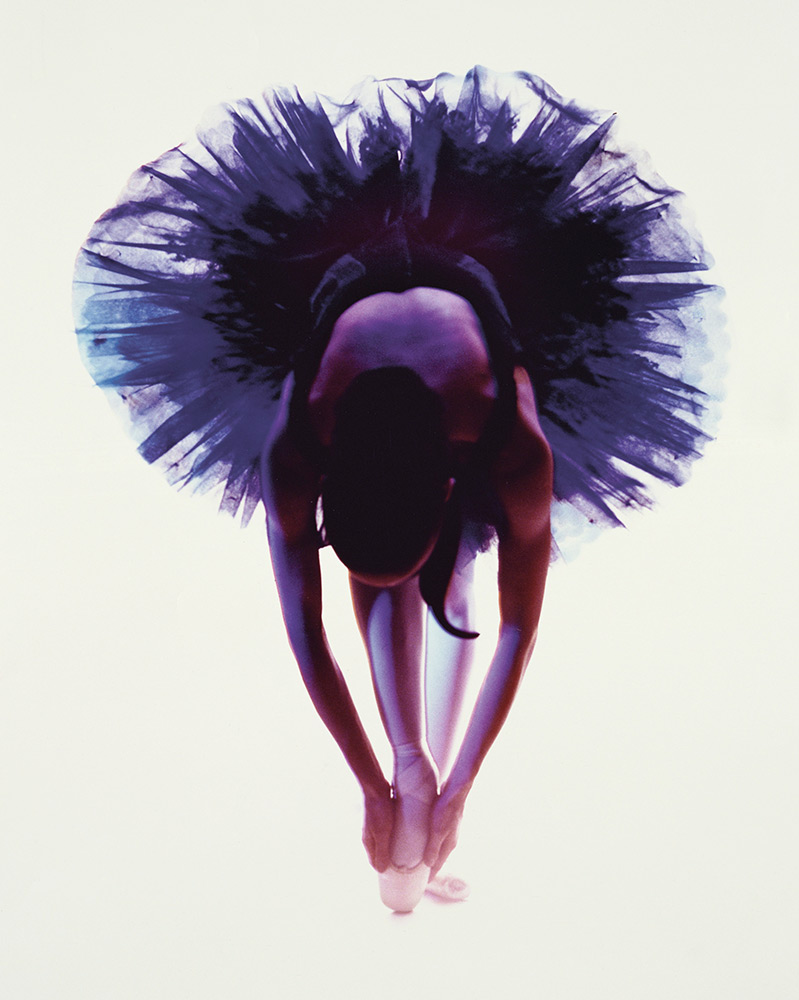
© Nick Knight / ROH.(Click image for larger version)
Conran has been designing clothes for his own label since the age of 19, before branching into other collections. He was possibly the first British fashion designer to undertake numerous commissions for ballets. Who gave him his first opportunity? ‘ I’d been asked to do a costume for Darcey Bussell for a charity gala with other fashion designers. David Bintley saw it, and that started our collaboration. His Tombeaux was my first ever tutu ballet in 1993.’

© Roy Smiljanic, courtesy Birmingham Royal Ballet (Click image for larger version)
Tombeaux’s tutus are among the loveliest ever, with dark velvet bodices and skirts that resemble inky pansies. The ballet was Bintley’s elegiac farewell to the Royal Ballet, disillusioned that he had not been invited to replace Kenneth MacMillan as principal choreographer. After he took over Birmingham Royal Ballet, he included Tombeaux in that company’s repertoire. It was last performed by the Royal Ballet in 2005 and is overdue for a revival.
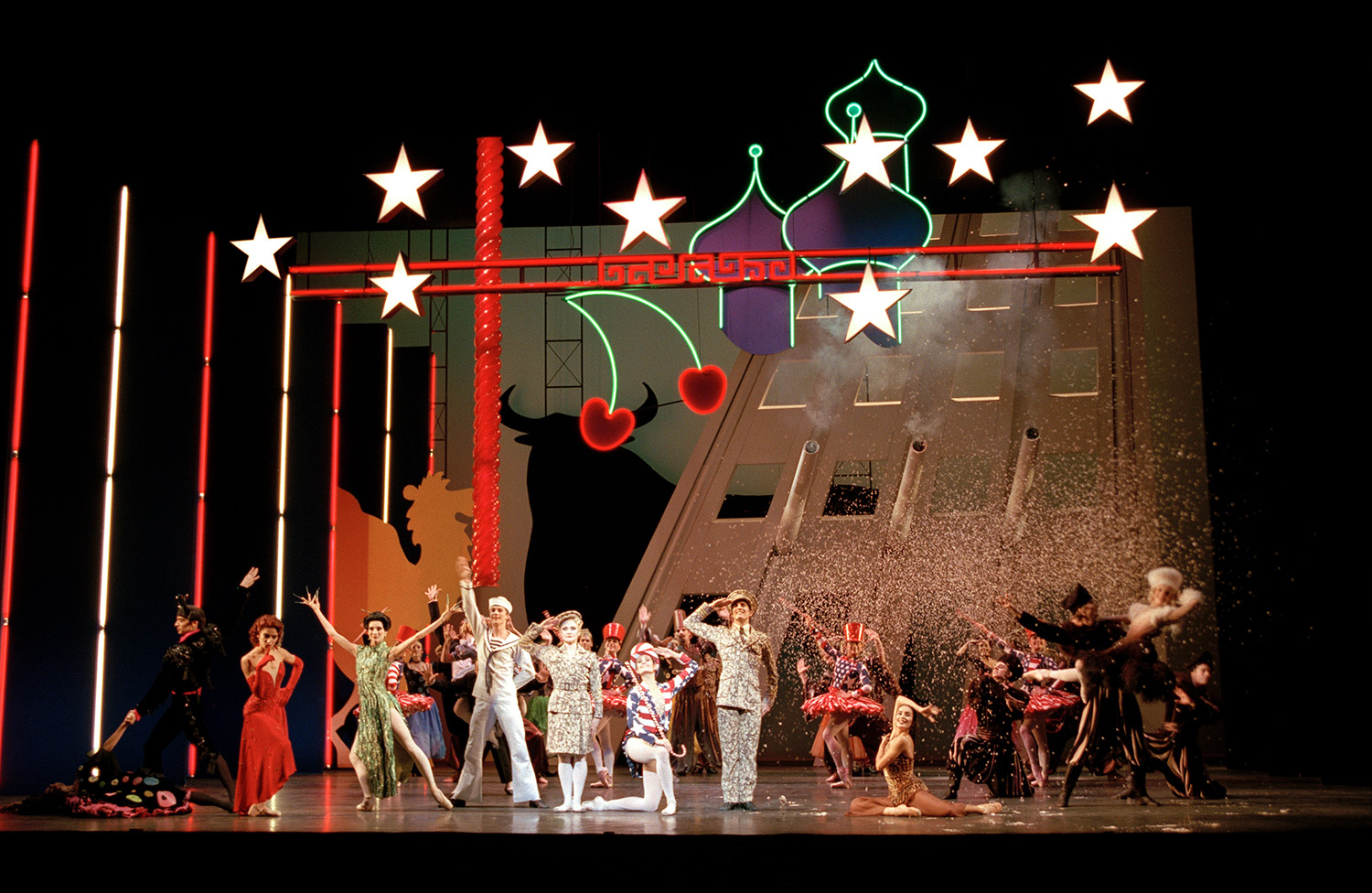
© Bill Cooper, courtesy Birmingham Royal Ballet (Click image for larger version)
Did Bintley prescribe what he wanted? ‘He gave me suggestions, not instructions. David is a real collaborator, which I loved. We did a lot of his ballets together – they weren’t choreographed when I designed for them, so I’d take my sketches to David and we’d discuss his reactions. He was very good at briefing me and he was always the boss. I was serving his vision.’ Two of the ballets were Bintley’s takes on Duke Ellington’s jazz compositions with Billy Strayhorn, The Nutcracker Sweeties and The Shakespeare Suite, for which Conran devised extravagant, witty costumes: deliciously edible outfits for the Nutcracker confectionery, and modish kit for the Shakespeare characters (Macbeth in a zebra-stripe kilt, shrewish Kate in a couture wedding dress afroth with flowers).
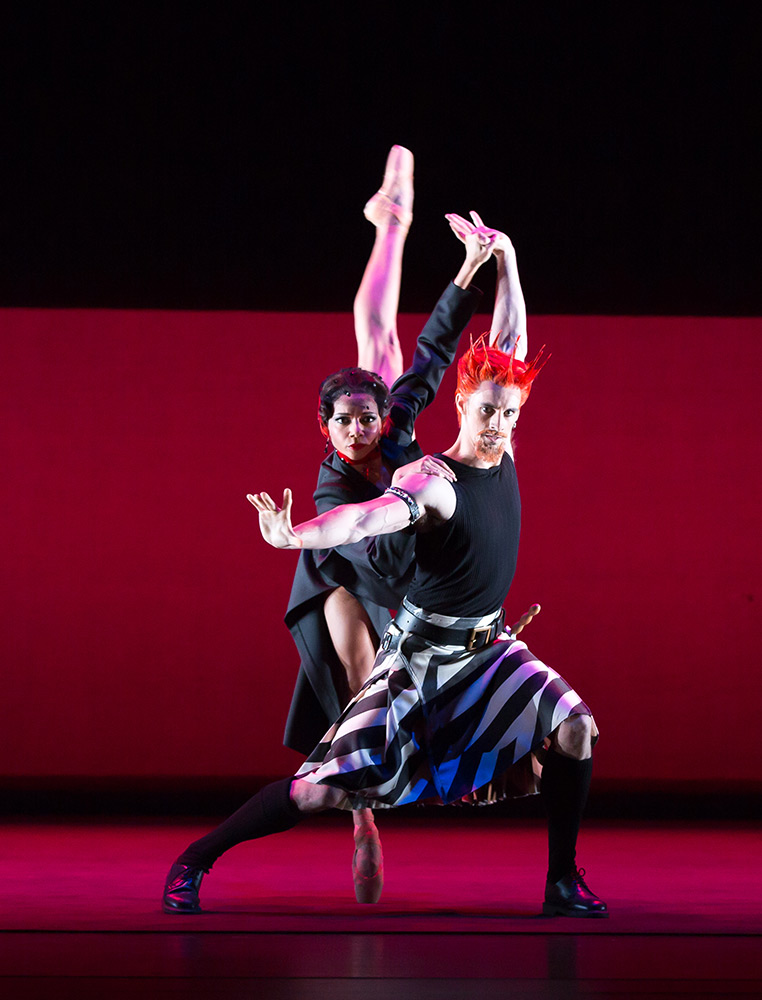
© Andrew Ross, courtesy Birmingham Royal Ballet (Click image for larger version)
Conran was able to delve into period detail for Bintley’s historical narrative ballets, Edward II and Arthur I and II. While accommodating courtly robes and knightly armour, he and Bintley made the characters and their dilemmas recognisably modern. Their joint contributions built BRB’s reputation as a stimulating, sometimes disturbing company whose original productions were never predictable.
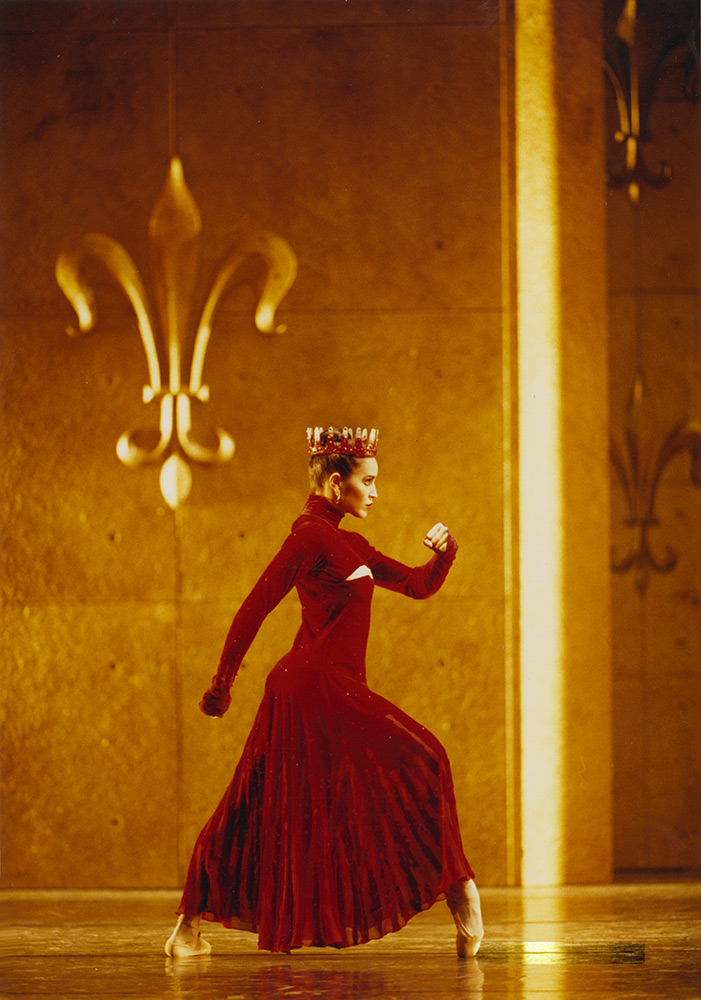
© Bill Cooper, courtesy Birmingham Royal Ballet (Click image for larger version)
Was Conran hands on, involved in the making of costumes and the fittings? ‘Yes, every step of the way. Here’s an example: when I was commissioned by Galina Samsova to design for Scottish Ballet’s Sleeping Beauty and Swan Lake [in 1994 and 1995], budgetary restraints meant that everybody was asked to help with all those costumes – they are huge ballets. We must have saved thousands of pounds.’

Mary Brennan, dance critic of The Glasgow Herald, proudly remembers sewing on leaves for Aurora’s costume and beads for the White Cat’s tutu. ‘The Friends of Scottish Ballet were drafted in, bugle-beading by hand in time for the premiere. Jasper didn’t want sequins stitched on by machine. These were costumes couture buyers would have envied’, she says, regretting that they must have long been sold for lack of storage space.
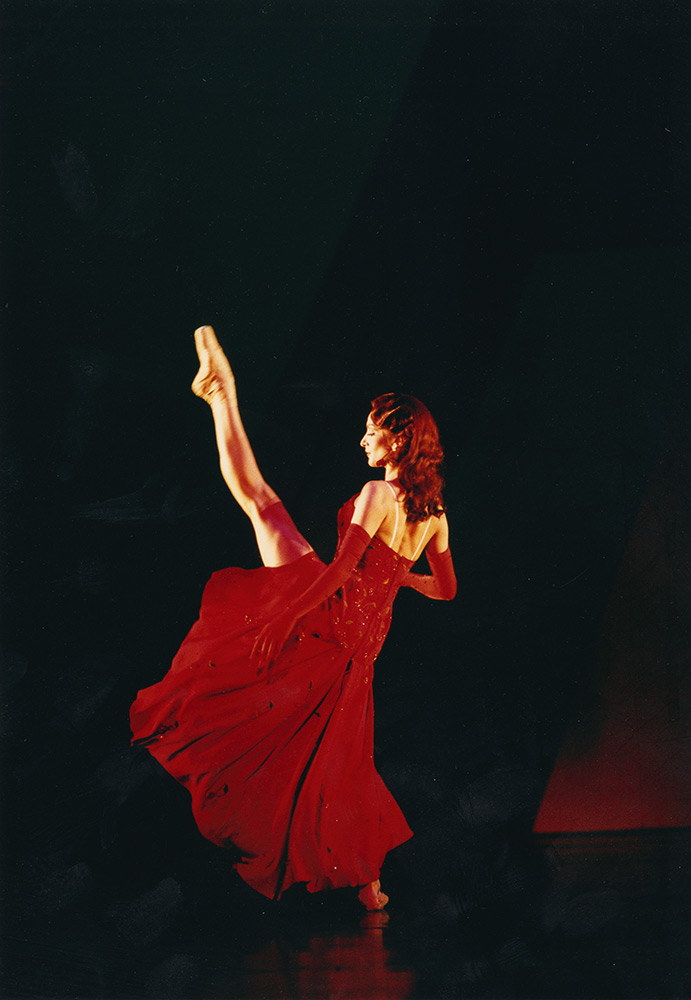
© Bill Cooper, courtesy Birmingham Royal Ballet (Click image for larger version)
Conran says he enjoyed being able to express a different aspect of his skills as a designer. ‘In my day job, I make clothes for women to walk down the street. For the stage, I can tell stories through shape, colour, texture and period detail. But I could also be a vest and pants designer if that’s what a choreographer wanted. I’d absolutely do whatever they asked for – I’m part of a team chosen by them to do their bidding, not impose myself.’

© Andrew Ross, courtesy Birmingham Royal Ballet (Click image for larger version)
Would he like to design more for the theatre? ‘Yes, there’s been quite a long gap before Chris’s commission for his ballet. The reason is that my business requires 100 per cent of my time.’ He omits to say that he was chairman of Conran Holdings, the business his father Terence Conran established, involving nine shops in the UK, France and Japan and an architectural firm, before stepping down in 2015. He has opened his first luxury hotel in Marrakech, and he’s a visiting professor at the University of the Arts in London. Not much time for ballet-going, but he’ll be at the first night of the Royal Ballet’s triple bill on 8 May – the night when we all see his latest designs for the first time.











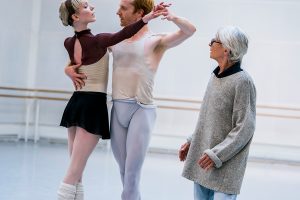
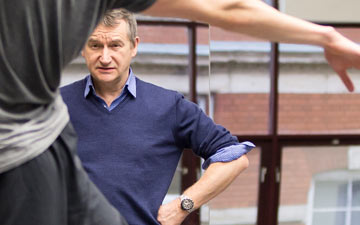
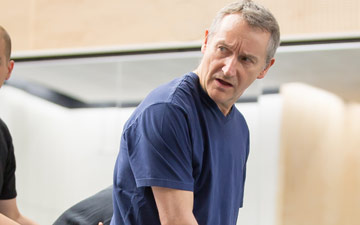

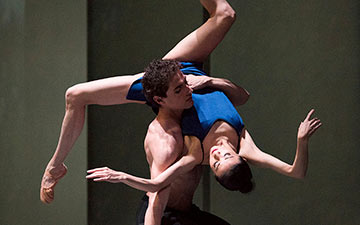
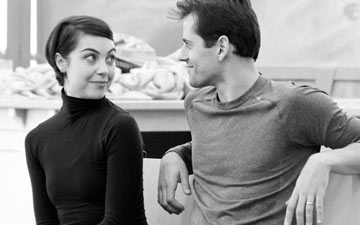
You must be logged in to post a comment.